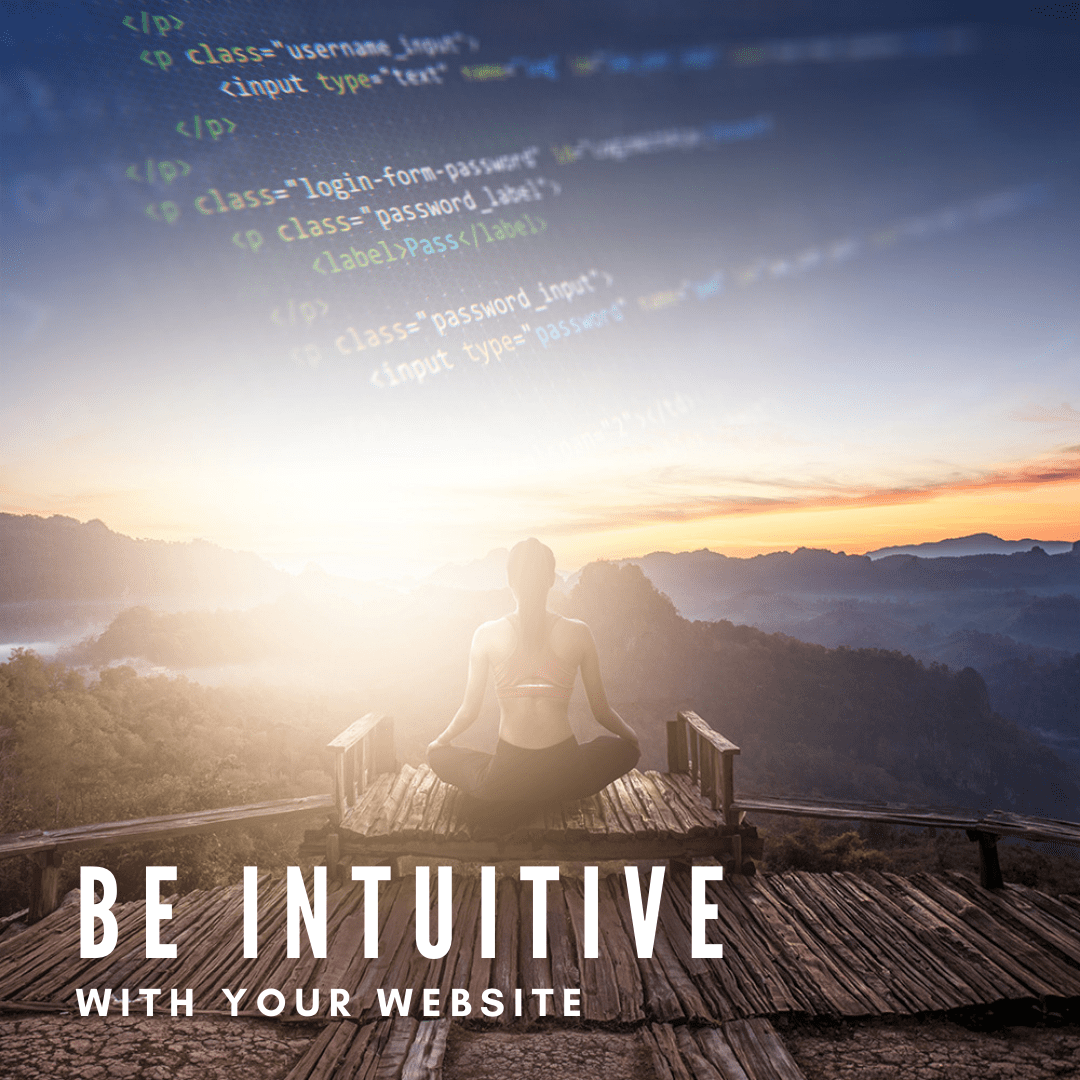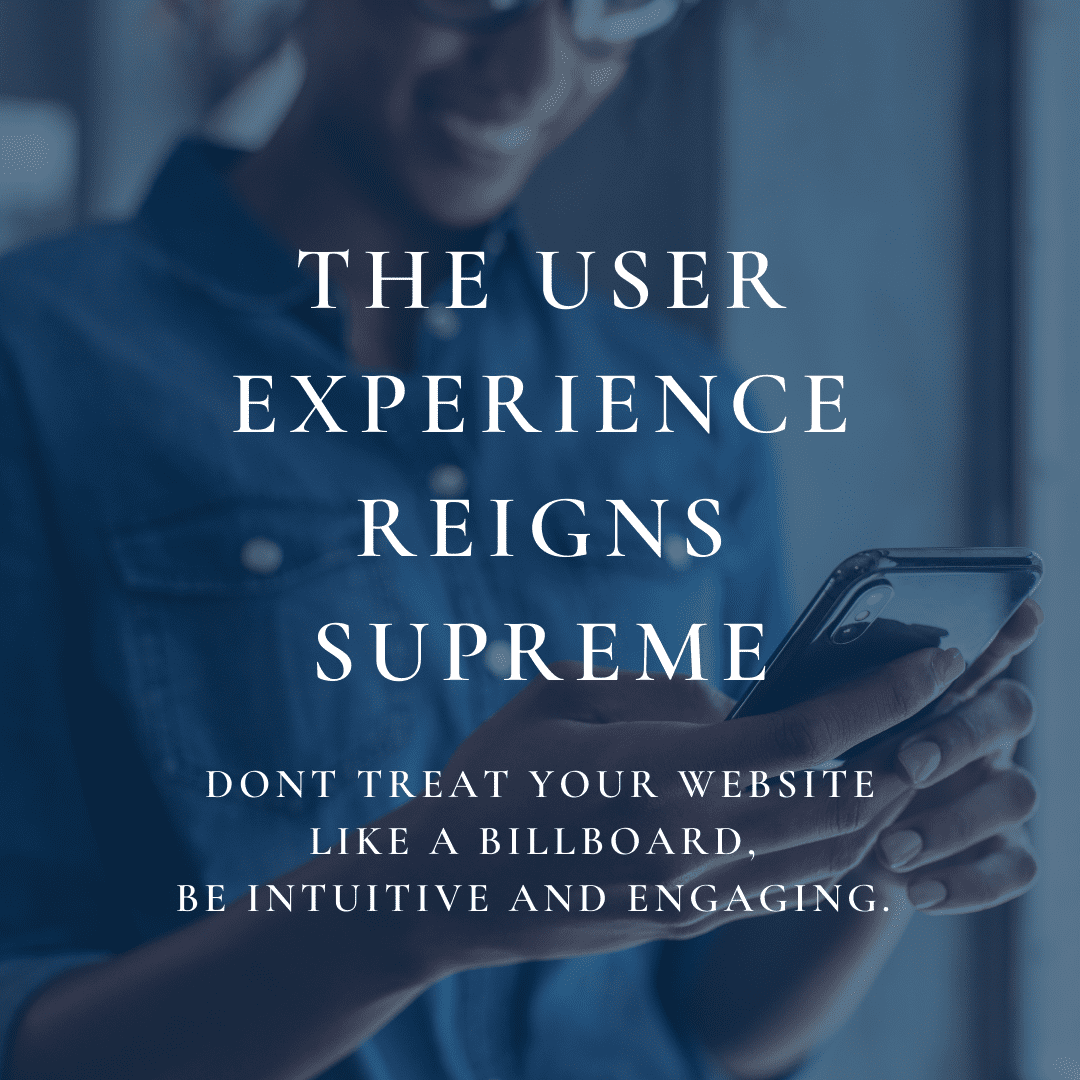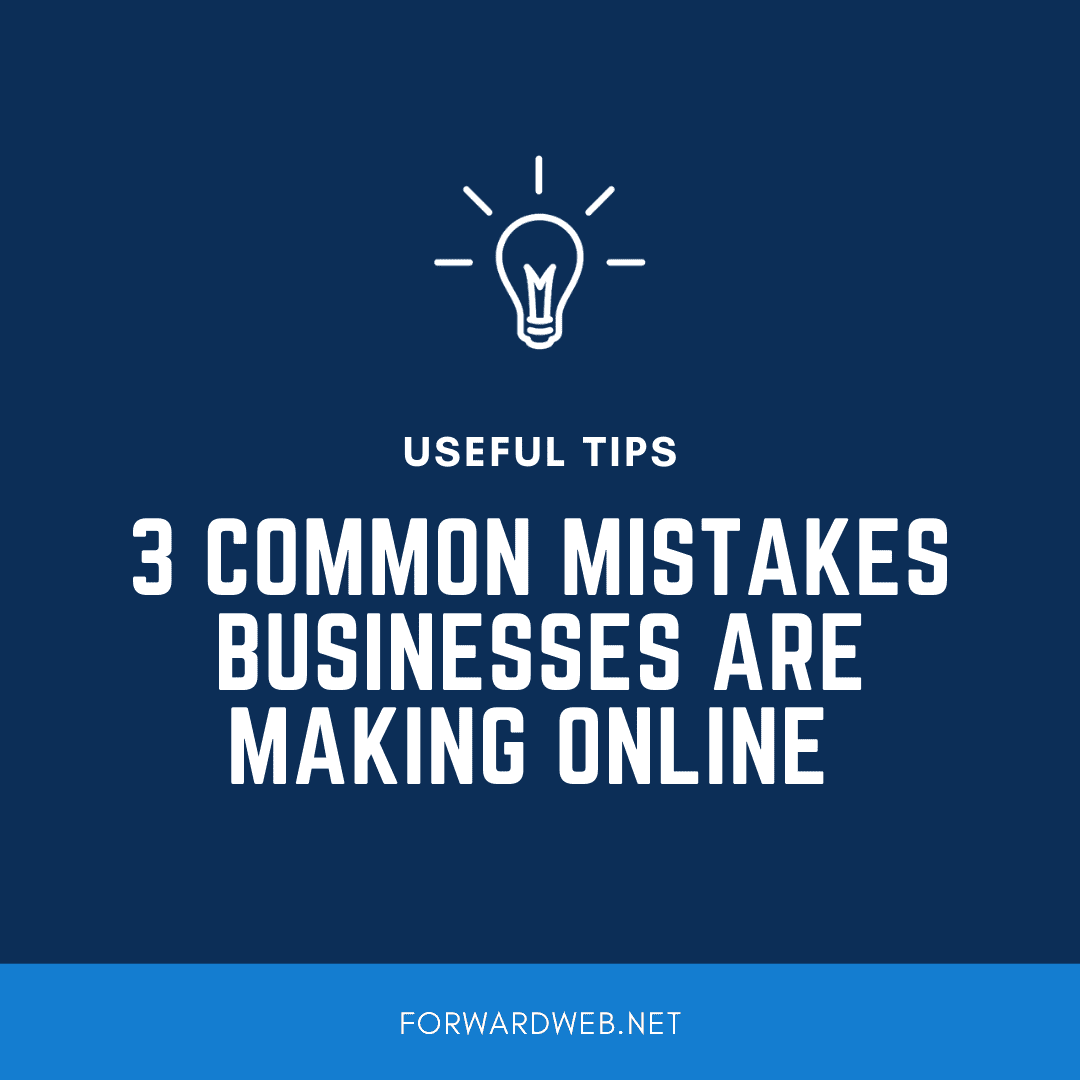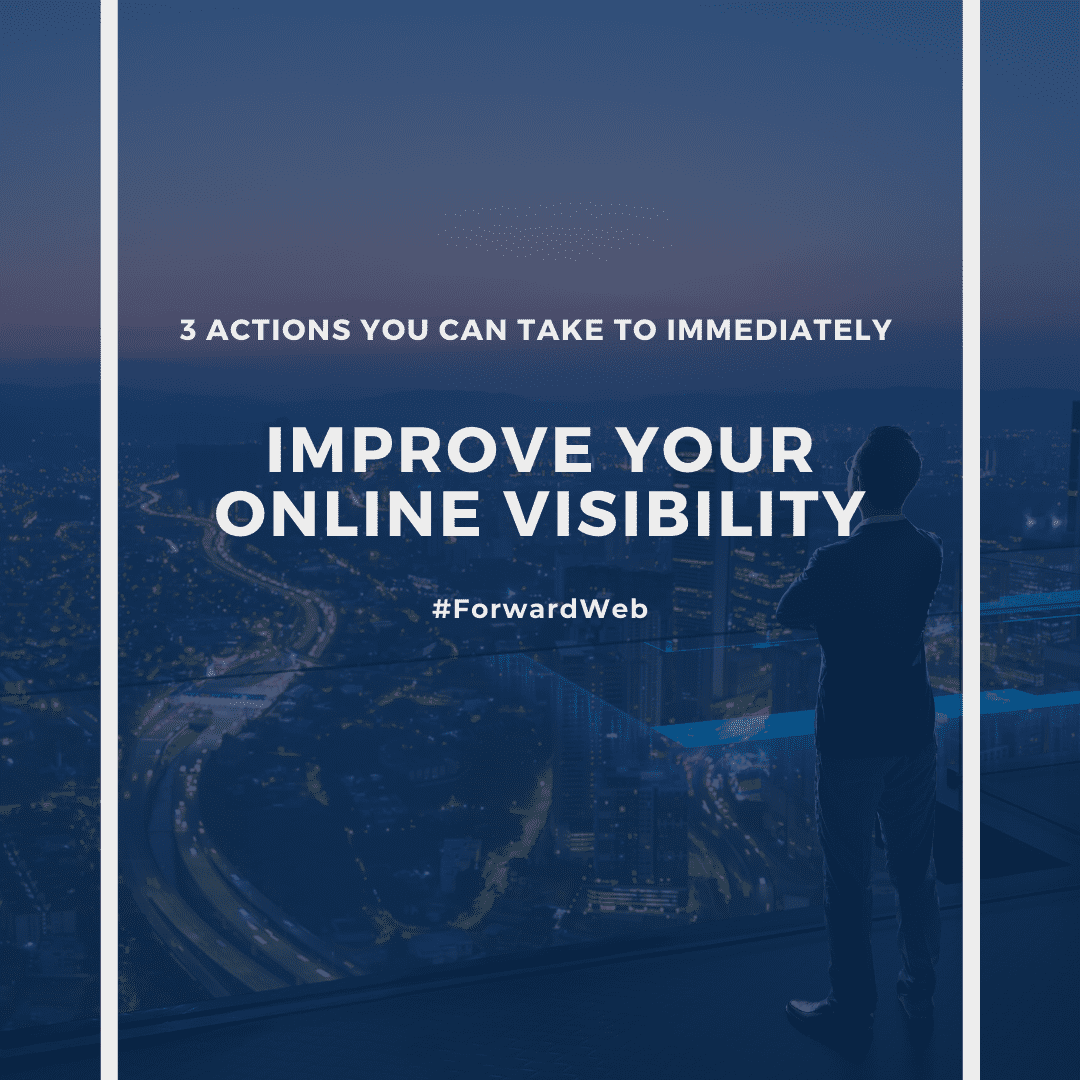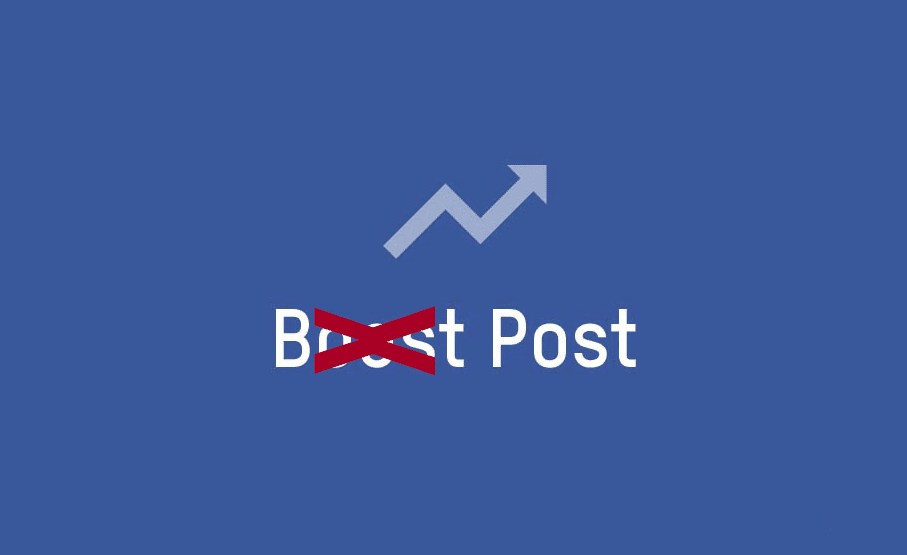1. Having a social media presence, without having a website.
The common scenario goes like this. “I have a facebook or instagram and its free, why do I need a website?”
This is a common trap most small businesses fall into, especially if they have a niche business or if the business is in a market with little to no competition. Or maybe, the business owner is a social marketing whiz, posting great and engaging content that convert into sales/leads. Sound familiar?
Where this usually becomes a problem is if/when the social media platform being utilized changes algorithms and decides to stop showing that businesses content to its viewers. Maybe the business fall’s victim to a hack and they lose their page entirely (happens more often then you think) or what if a competitor decides to target that businesses audience through paid ads (slowly, but surely siphoning their audience). What then?
The simple answer here is ensuring you’re business has a website that serves as the end point for all of it’s Internet traffic. Social media absolutely should be used in 2020, however social media should serve as an on-ramp to the business website, not the final destination.
2. Having a website that serves no purpose.
If the business website does not serve a purpose, that business will be sending traffic to a dead end. Whether the business is selling products, collecting information (generating leads) or promoting a cause or event, the website should be centered around the user experience. This can range from having an integrated easy to use payment system or simply a website that provides useful, easy to read content across all devices.
Although the purpose will be different from business to business, the general idea is not letting the website become an after thought.
3. Not having control of the platform the website is created on.
Building a website through services like WIXX, Squarespace, Shopify to name a few, are attractive to some business owners because they serve as cheap, entry level way of getting onto the internet. However, outside of being able to manage content, the business has no control over the platform that the website relies on. Why is this a problem? Imagine a scenario where a conflict between the business and one of these service providers lead to the website being taken offline? Or, what if the business simply becomes unhappy with other elements of the service like downtime, or the inability to fully customize? The only solution at that point would be for the business to start fresh, on a new platform.
The simple solution is open-source. What ever platform or engine is driving the website of a business, that platform should be open source and not tied to any specific service provider. WordPress is one example of an open source platform that allows anyone to manage the content of the website (code free) but does not tie the business to any specific service provider. Since the code is open source, the business will be able to customize the functions and user experience when needed. As an added bonus, the cost of getting a starter website up and running on a open source platform like WordPress is similar to getting a web site set-up on services like WIXX, Squarespace, Shopify..ect
If you have found this information useful, feel free to drop us a comment or message.

